
Unraveling Ammonium Transporter-Mediated Nitrogen Transfer in Arbuscular Mycorrhizal Symbiosis
The Plant Cell: In a NutshellJing Hui et al. identified ZmAMT3;1 as a mycorrhiza-specific ammonium transporter that transfers ammonium from fungi to plants across the plant–fungus interface and enhances nitrogen acquisition in maize. Plant Cell https://doi.org/10.1093/plcell/koac225
By Jing Hui and Lixing Yuan, China Agricultural…

Live and let die: Unexpected BOTRYTIS SENSITIVE1 gene activation by a T-DNA
The Plant Cell: In a NutshellUsing new experimental tools, Cui et al. identified a surprising role for the BOS1 transcription factor in the regulation of programmed cell death. Plant Cell. (2022) https://doi.org/10.1093/plcell/koac206
Authors: F. Cui, M. Brosché, and K. Overmyer
Affiliations: FC- Zhejiang A&F University,…
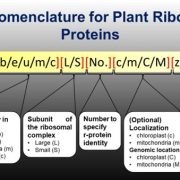
Updating plant ribosomal protein nomenclature
Plant Science Research WeeklyThe ribosome is a macromolecular structure made up of many subunits. The proteins in these subunits were named based on their sedimentation rates and gel mobility, but different groups gave the proteins different names in various species, not based on homology. A ribosomal protein (r-protein) nomenclature…
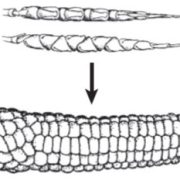
Review: Power and perils of de novo domestication
Plant Science Research WeeklyI’m excited by the ways that knowledge about plant developmental and metabolic programs is being used to make new varieties of plants. This excellent review describes some of these applications such as changes in fruit size or seed number. De novo domestication is a specific type of application that…

TOC-TIC supercomplex structure
Plant Science Research WeeklyIn an evolutionary plot twist, most of the proteins needed inside the chloroplast are encoded in the nucleus and translated in the cytosol as preproteins. The preproteins are imported into the chloroplast through two membranes (outer and inner). Genetic and biochemical approaches have revealed many of…

A teosinte gene enhances seed protein content in maize
Plant Science Research WeeklyIncreasing nitrogen-use efficiency (NUE) and seed protein content are important for maize breeding. Modern maize hybrids have 6.5-16.5% seed protein content, while the wild ancestor of maize, called teosinte, has ~30% seed protein content. In addition, teosinte (accession Ames 21814) contains notably…
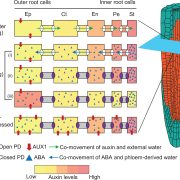
Hormone distribution via hydraulic flux determines root branching
Plant Science Research WeeklyClimate change affects rain patterns and hydrological cycles all over the world, exacerbating water scarcity issues. Root branching is altered by local spatial differences in soil moisture. Indeed, when root tips temporarily lose contact with moisture, root branching stops until the appropriate moisture…
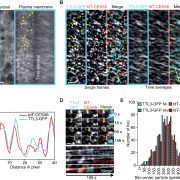
TTL bridges microtubules and cellulose synthase complexes
Plant Science Research WeeklyCellulose synthase (CESA) complexes (CSCs) synthesize the main polysaccharide component of plant primary cell wall, cellulose. The trafficking and dynamics of CSC are tightly regulated. Kesten et al. identified a new family of CSC- and microtubule-interacting proteins, named TETRATRICOPEPTIDE THIOREDOXIN-LIKE…
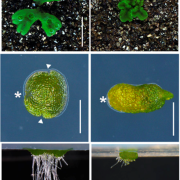
Developmental functions of Marchantia ROP
Plant Science Research WeeklyPrecise control of cell division is an important requirement for proper development in multicellular organisms. Rho-like GTPases from Plants (ROPs) are key conserved regulators of cell polarity and morphogenesis, however, it is unknown if ROP signaling pathways regulate cell division patterning and meristem…

